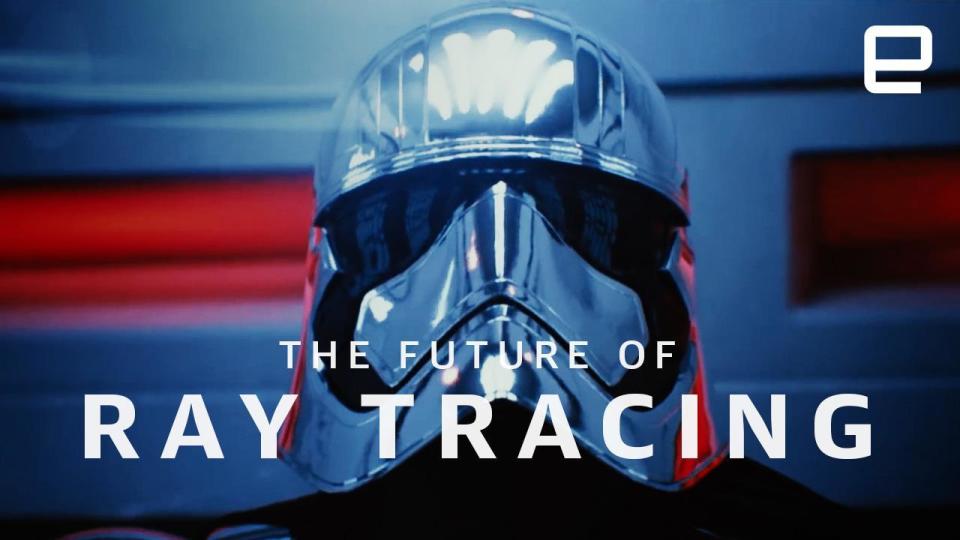NVIDIA's Turing-powered GPUs are the first ever built for ray tracing
The future of hyper-realistic graphics is here.
Earlier this year NVIDIA announced a new set of "RTX" features that included support for advanced ray tracing features, upgrading a graphics technique that simulates the way light works in the real world. It's expected to usher in a new generation of hyper-realistic graphics but there was one small problem: no one made any hardware to support the new stuff yet. Now at the SIGGRAPH conference NVIDIA CEO Jen Hsun Huang revealed eighth-generation Turing GPU hardware that's actually capable of accelerating both ray tracing and AI. Turing can render ray tracing 25x faster than old Pascal technology thanks to dedicated processors that will do the math on how light and sound travel through 3D environments. They're also the first graphics cards announced with Samsung's new GDDR6 memory on board to move data faster using less power than ever before. The first implementations of this technology aren't intended to play games, they're for the people who make them, as well as anyone doing work rendering objects for movies, or modeling new products like this Porsche prototype shown in the demo. As an example of how powerful the new tech is, NVIDIA showed off the impressive "Reflections" Unreal Engine demo that we first saw during GDC running on a workstation with four of its older Volta GPUs, now rendered in real-time using a single Turing card. It won't stay that limited forever though, Microsoft is already supporting ray tracing with DXR extensions in DirectX 12. NVIDIA announced three graphics cards with the technology, all due in the fourth quarter. The Quadro RTX 5000, 6000 and 8000 will go on sale for $2,300, $6,300 and $10,000, respectively, with the top of the line 8000 packing 48GB of RAM. If that's not flexible enough there will also be an option for a RTX server that will give datacenter-style access to a GPU for multiple users -- there's no word on how much that costs.






